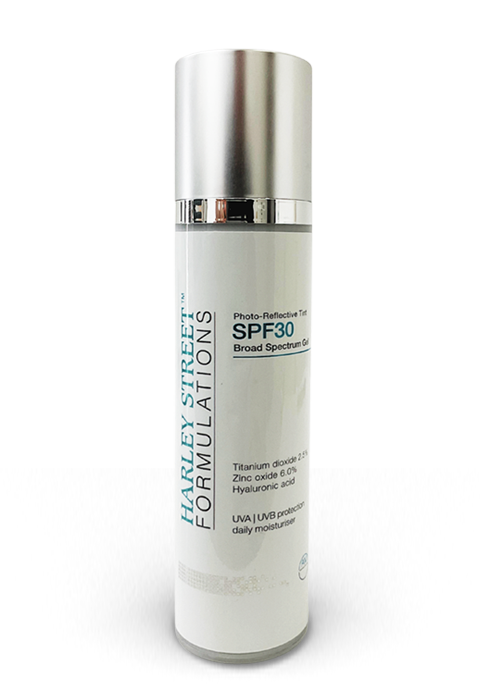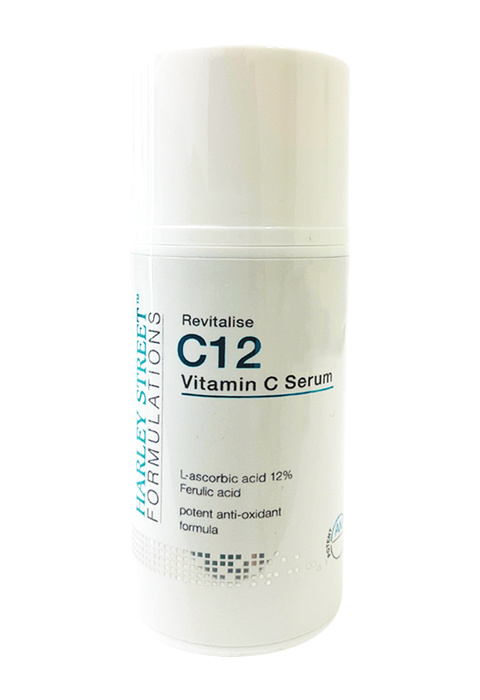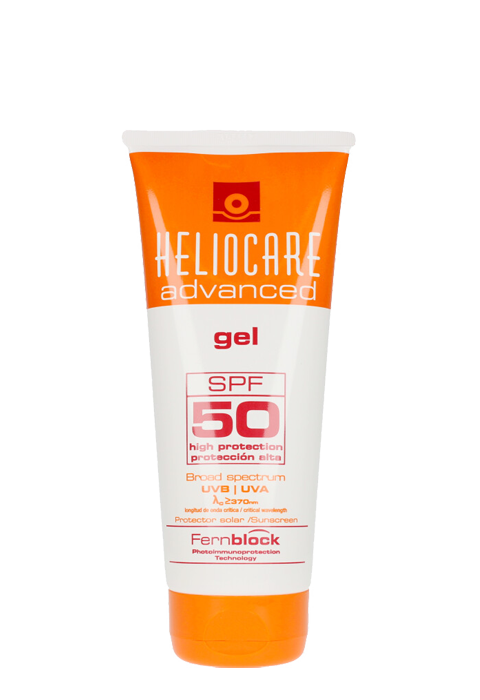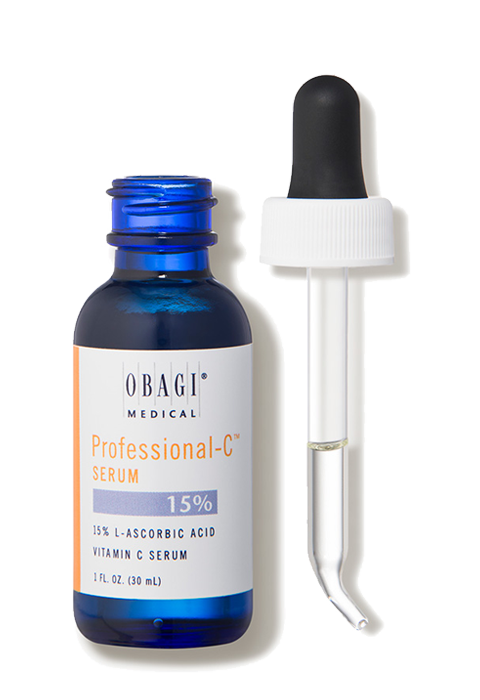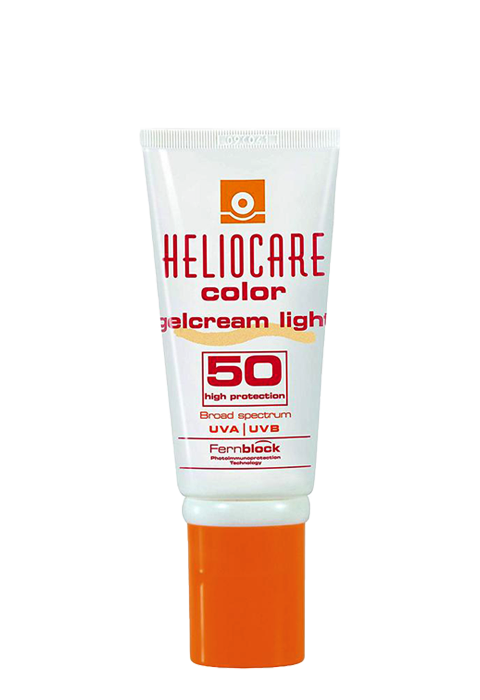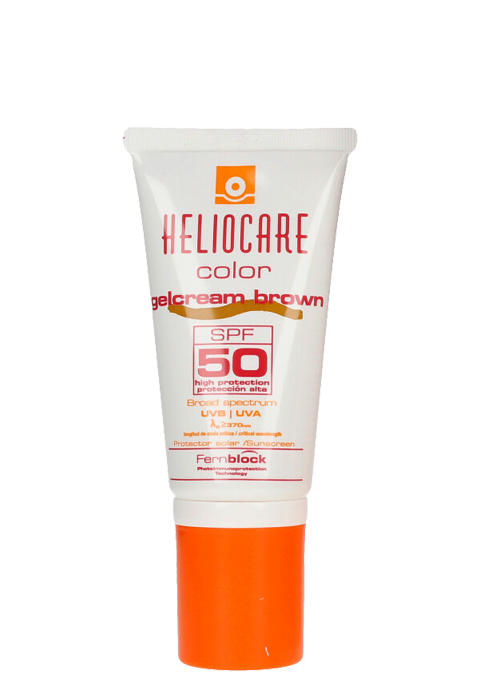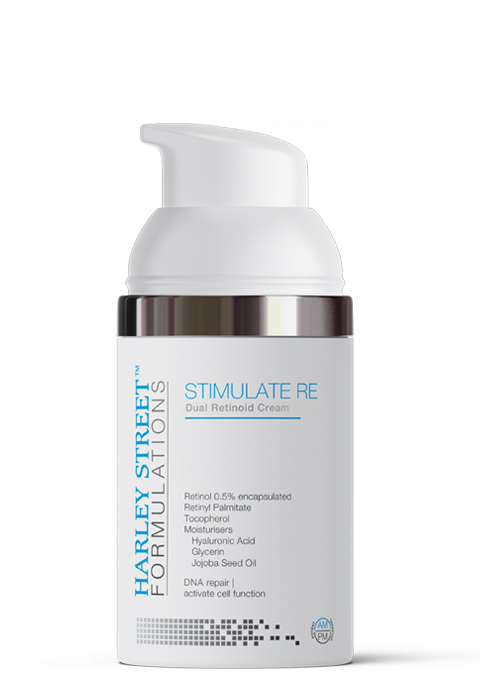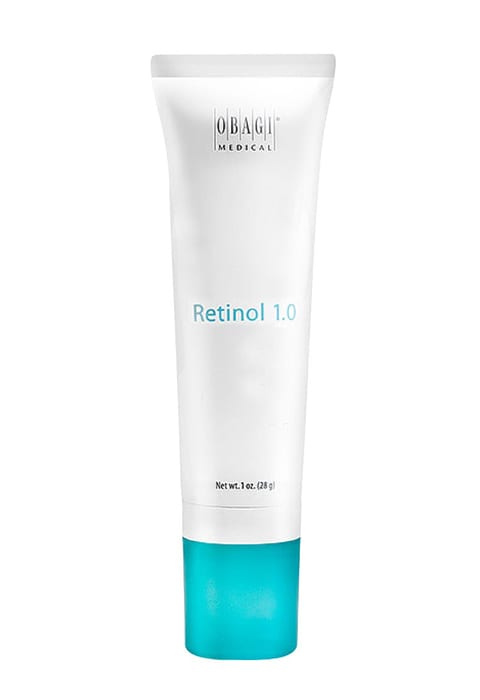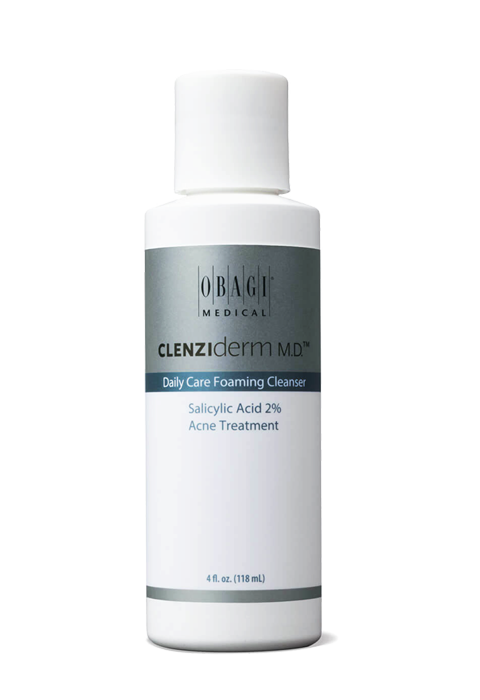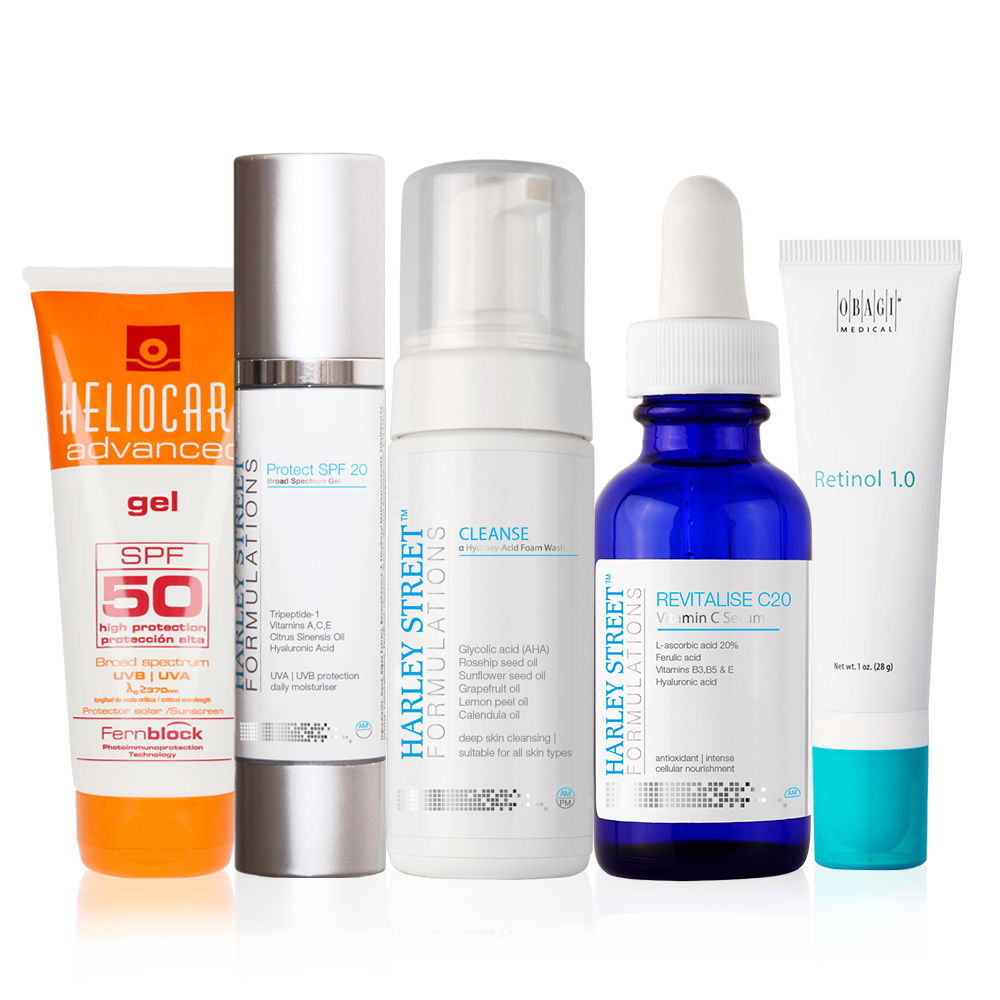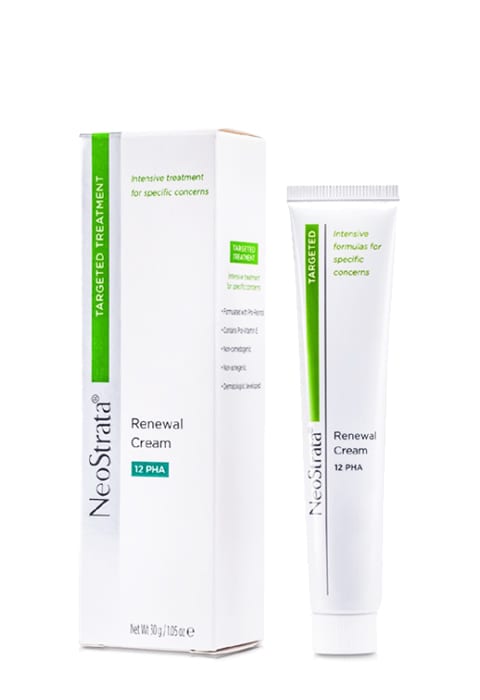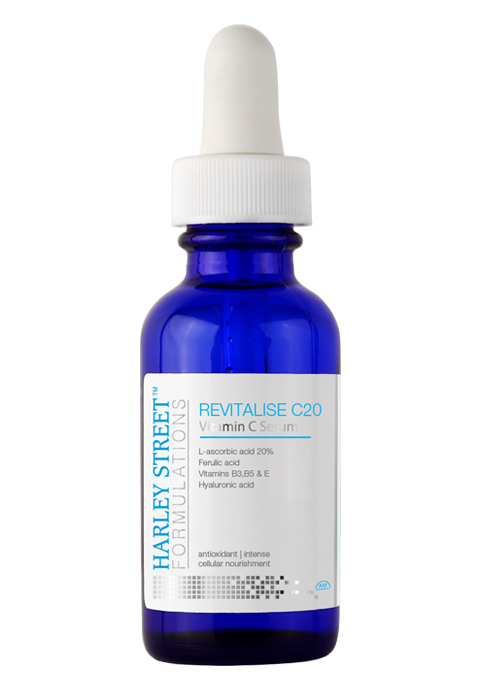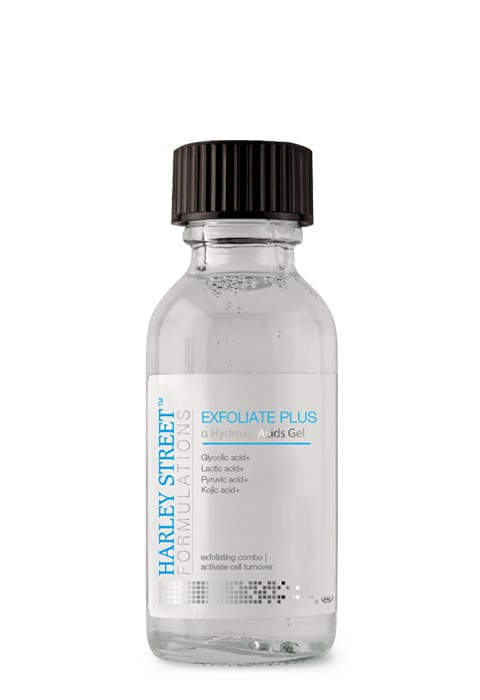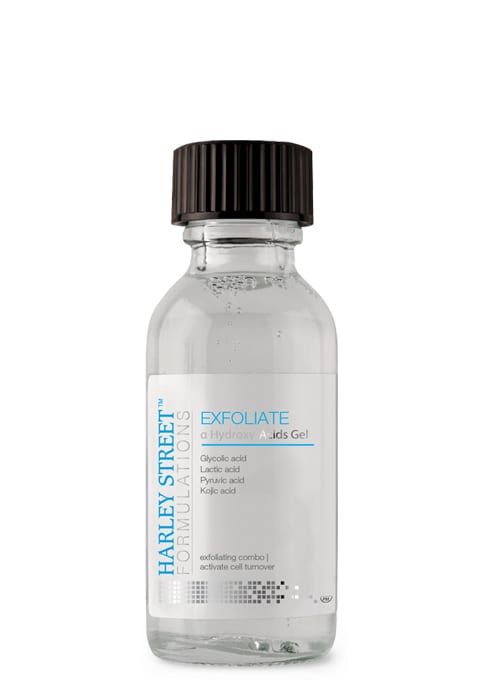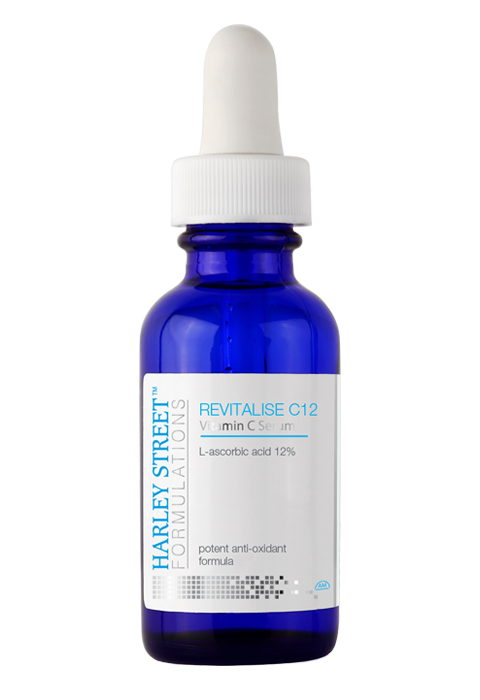- How To Stay Protected From Sun
- Important Considerations About Sunscreens
- Learning The Proper Application Of Sunscreen
- What Is Sun Protection & Why Is Using Sunscreen Important?
- Understanding Different Types Of Sunscreens And Choosing The Right One
- What Is Sun Protection Rating And How Do You Choose The Right One For You?
- Polarised Debate On Sunblock: How Effective Is IT?
-
Injectables
-
Botox -
Dermal
fillers -
Lip Fillers -
Non Surgical
Nose Job -
Chin Filler -
Under Eye Circles
(Tear Trough) -
Non Surgical
Face Lift -
Masseter Botox -
Jawline Filler -
Cheek Fillers - Calf Reduction
- Nefertiti Lift (Platysma) & Turkey Neck Bands
- Bunny Lines (Nose Wrinkles)
- Lip Flip
- Trigger Point Release
- T-Zone Oily Skin
- Dimpled Chin
- Nasal Flaring
- Gummy Smile
- Bruxism / TMJ
- Migraines / headaches
- Neck lines
- Forehead Indentations
- Botox Forhead Lines
- Botox Crows Feet
- Botox Frown Lines
- Profhilo
- PDO threads
- Hyperhidrosis (excessive sweating)
- Fat Dissolving
-
-
Skin & Body
-
V i s i t
- Chemical Peel
- Peel To Reveal Popular
- PRP (Vampire Facial)
- Prescription Grade Skin Care Popular
- Charity A Peel
- Hydrafacial
- Micro Needling (electronic) Popular
- Acne Treatments
- Facial Thread Veins
- Leg Veins (Spider/Thread Vein)
- Skin Tag Removal
- Ageing Skin Concerns
- Hyperpigmentation
- Facial Volume Loss
- Lines & Wrinkles
- Sun Damage
- Stubborn Fat Deposits
- Black Heads & White Spots
- Jawline, Jowls & Double Chin
- Cellulite
- Tired Eyes
- Neck - Lines, Wrinkles & Cords
-
- Glow & Go TM Skin Shop
- Book an Appointment Book
- CosmeShop
- Cosmetic Surgery
- CosmeTalk
-
COSMESURG| Surgical
-
| Professional EducationHARLEY STREET
INSTITUTE -
| Skin CareHARLEY STREET
FORMULATIONS -
GLOW & GO| Skin Bar Clinic
-
COSMETALK| Public Education
-
INJECTABLES
Injectables
-
SKIN & BODY
Skin & Body
-
COSMESHOP
-
COSMETALK
View All Posts
Dermal Fillers Before And After – Get The Better Version Of Yourself Today
It is true! Beauty industry has been revolutionized, aesthetic treatments have been personalized and new beauty… - ABOUT US& Treatment Criteria
What Is Sun Protection Rating And How Do You Choose the Right One For You?
Every sunscreen is different in many ways. Just as there are differences in the formula and mechanism of action, there are also differences in the sun protection ratings as well.
Understanding the sun protection rating is very important when you buy a sunscreen. We know that you mostly look at the SPF of a sunscreen, but that is a big mistake.Buying a sunscreen with a high SPF is not the only thing that matters, as it is only one scale.There are many other sun protection rating scales for different sunrays.
The SPF rating scale is for UVB rays only, so you are only protecting yourself against these rays if you buy a sunscreen with a high SPF.All the other rays will still be doing their work on your skin. There is no scale for UVA rays.
Let’s look at the different sun protection ratings so that we can understand how they work.
How To Stay Protected From UVB Rays
SPF is a sun protection rating scale that measures how much time your skin can tolerate in the sun before it burns. As burning is a function of UVB rays, the SPF rating only deals with UVB rays and presents protection against it.
When a sunscreen has an SPF rating of 10, it can increase the tolerance of your skin tenfold. So if your skin burns within 10 minutes of sun exposure, it will burn within 100 minutes of applying the sunscreen. Interesting, eh?
Okay, so let’s clear up another misconception about sunscreen SPF. Sun protection doesn’t increase linearly with your SPF number. If you think that SPF 50 will give you 50 times more sun protection, you are wrong. Sun protection starts decreasing after SPF 30. In addition, using two products with SPF does not give you added protection.
SPF 15 is the minimum factor needed to protect you from cancer. Below SPF 15, it will only protect you against sunburn. So keep in mind that you need at least SPF 15 to stay protected from UVB rays.
So How Do We Rate Sun Protection Against UVA Rays?
This is a legit question and there has been a long debate about this, but there is no rating scale for UVA rays. The FDA’s new guidelines have, however, provided direction for a UVA protection rating.Now whenever you buy a sunscreen, look for “broad spectrum SPF” on the packing. This shows that the sunscreen offers both UVA and UVB protection. To label a product as broad spectrum, its needs to fulfil the FDA’s requirements. However, the FDA does not test the efficacy and effectiveness of every product and some of them are not tested at all.
Another four-star system was evaluated for UVA rays but it was not applied. Now it is only a “broad spectrum” that lets us know about UVA protection. But the bad part of this is, we don’t know how great the protection is –if it is it partial or complete, and so on. So let’s solve this issue too.
It is the active ingredients in your sunscreen that determines how much protection it offers. Their percent concentration on the label gives you more in-depth information about the protection it offers. Every product has active ingredients and they are called sunscreen actives, filters, agents, blockers or blocking agents.
Now, how do you know what the active ingredients are? They are usually first in the list of ingredients, followed by the inactive ingredients. The percentage is also given. The higher the percentage, the better protection. There is a legal limit for every ingredient and beyond that limit it becomes harmful.
While the information above is about the US, a few other countries also have a quantitative UVA rating system. The UK uses the Boots 5-star rating system, Japan the PA+++ scale and Australia the PPD (Persistent Pigment Darkening) scale.
What Are The Best Active Ingredients For Sun Protection?
Now that we are talking about active ingredients, let’s look into what the active ingredients are that offer you the perfect sun protection. There are different active ingredients present in chemical and physical sunscreens. These decide what the sun protection rating will be for a specific sunscreen.
Usually, sunscreens contain more than one active ingredients, which will work together to provide maximum protection and also increase the stability of each other. There are many active ingredients like zinc oxide, titanium dioxide,avobenzone and ecamsule. In Europe, some other ingredients, like tinosorb S and tinosorb M, are also used. Your sunscreen should contain one of these ingredients, as they offer both UVA and UVB protection.
As you already know, UVB protection is adequate in most sunscreens; it is the UVA protection that is often neglected. This is why we will focus on UVA protection.
Here are a few facts about the best active ingredients and the protection they offer.
- Zinc oxide is a physical sunscreen that provides complete protection against all harmful sunrays, like UVA-1, UVA-2 and UVB. It is also a stable compound. However, it may not be enough if you intend to stay out in sun for a long time. In that case, more agents, like octocrylene, may be needed to provide you with perfect protection.
- Titanium dioxide is the second best physical sunscreen agent. It provides more protection for UVA-2 sunrays and also protects against UVB.It’s a stable
- The chemical sunscreen agent avobenzone offers only UVA-1 protection and it is highly unstable. In fact, avobenzone only becomes stable when it’s used with other agents, which is why sunscreens don’t usually contain this chemical alone. So don’t go for a sunscreen that only has avobenzone in it.
- Ecamsule (Mexoryl SX) is another popular chemical sunscreen agent.This is stable but only provides UVA-2 It is used to make avobenzone stable and also to increase sun protection.
The facts show that, if it goes well with your skin, zinc oxide is the best sunblocking agent as it is stable and provides protection against both UVA and UVB rays. So, zinc oxide sunscreens are the best choice if your pores don’t clog easily, your skin is sensitive to irritating agents and you prefer physical blocking. If it feels too heavy, you can use a lighter nanoparticle sunscreen during hot, humid weather.
How Important Is The Percent Concentration Of Active Ingredients?
It is not enough to just look at the SPF rating and the list of active ingredients. You also need to read the percent concentration, which is the number of active ingredients it contains.
If you test a few available sunscreenson the market, you will see they don’t contain enough active ingredients and not every sunscreen has been approved, as they contain some harmful ingredients.Companies generally include lower concentrations of active ingredients to lower the cost of the product.
It is important to know what concentration of active ingredients is perfect for your sun protection needs. There are no standard guidelines about this, it really depends on your daily sun exposure.
Here are the appropriate percentage concentrations for the active ingredients. These are purely based on experience because there are no guidelines available.
- For zinc oxide, the minimum effective concentration is 5%. 10-20% is a perfect concentration. The DFA defines the highest limit of this agent to be 25%. So only go for sunscreens with concentrations of above 5% and below 25%
- Titanium Dioxide has the same minimum effective value and maximum legal limits
- Avobenzone has the same minimum effective value and maximum legal limit, which is 3%. Don’t go for anything below 3%
- Ecamsule (Mexoryl SX) has the same minimum effective value and legal maximum limit, which is also 3%, the same as avobenzone
There can be some tricky situations where there are two active ingredients, both in different concentrations.This makes choosing the best option difficult as it depends entirely on your personal experience. However, don’t be tempted by sunscreens that contain higher combined percentages of all the active ingredients. It is wise, instead, to review all of the product’s ingredients and choose the one that has greater antioxidant properties and a higher concentration of a more effective active ingredient, like zinc oxide.
Further Reading from Skin Ed
CosmeTalk Articles
Testimonials #Cosmestories
2
I had a botox treatment with cosmodocs. I found the price very reasonable. Even better the results were excellent. I will definitely use this service again.” – BH
3
I am a very satisfied customer of Cosmedocs – I’ve had three facial areas treated with Anti-Wrinkle Injection at CosmeDocs in recent years, and find the treatment swift, thorough and effective. Also, Dr Haq’s pleasant and friendly manner makes the treatment as painless as possible!” – CFSP
CosmeShop

-See more products












